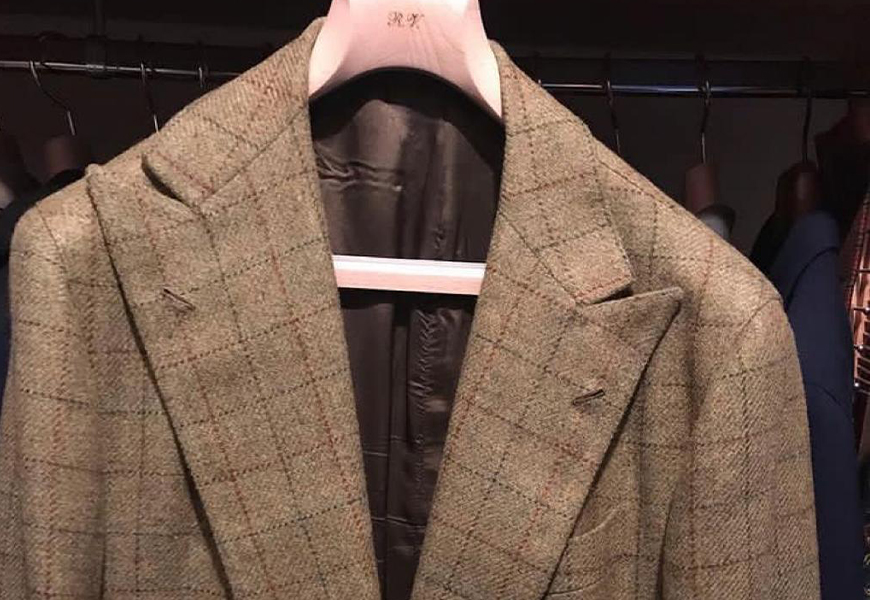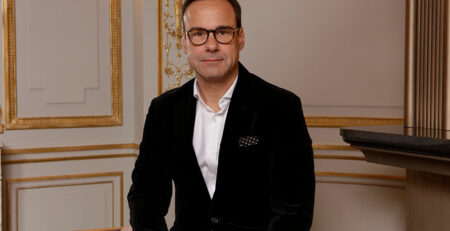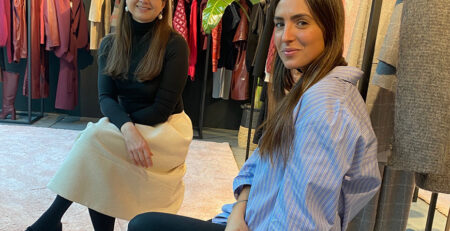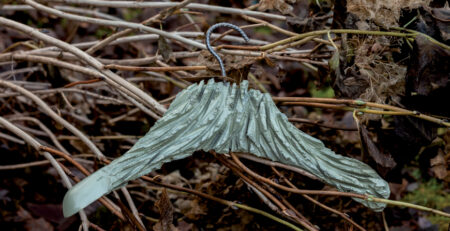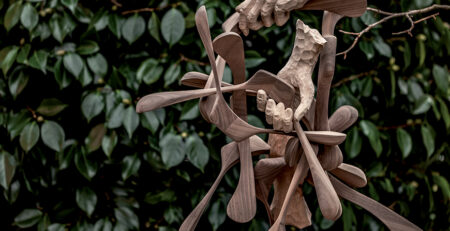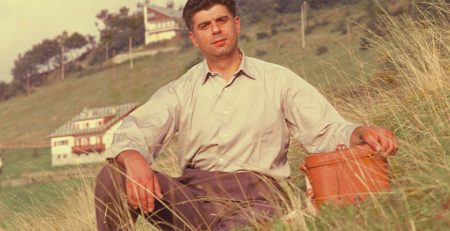Quality elegance through the knowledge of Attorney Roberto Viscomi
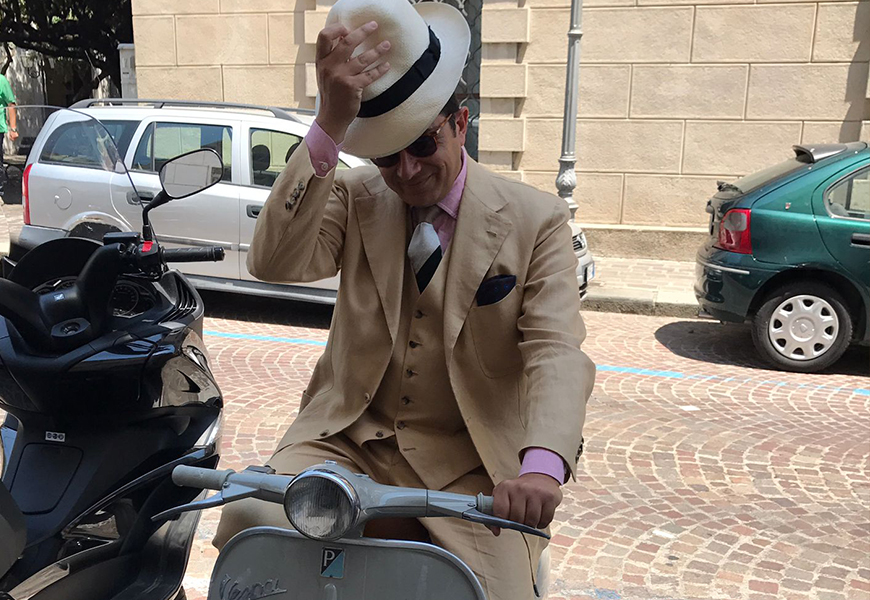
Today, we have the pleasure of chatting with lawyer Roberto Viscomi. In addition to his legal work, he is also active in university scientific studies and has a passion for history, and in particular, the history of lifestyle.
“Living well” is not luxury, but the appreciation of quality and beauty
Q: Could you tell us about when you first became interested in all things beautiful?
RV: To explain my idea of beauty, I’d first like to start with the word “sybaritic,” which, although it identifies with someone wildly devoted to appearances and vacuousness, actually means living every moment of one’s life appropriately. I would contrast it with the concept of “luxury” which I find overused and an end in itself, while “living well” is having the opportunity of sharing moments and instances of beauty with others. For me, an Italian and a Southerner, beauty is enjoying the pleasure of good food, stunning surroundings, or brilliant conversation, all of which do not necessarily refer to luxury. “Living well” and, therefore, beauty lies in knowing how to benefit from the harmony around us. In this regard, Italy is the ideal country thanks to its variety and rich history.
I come from a traditional Catholic family. And as such, I learned the values that I still practice today that have to do with respect, which is an approach that leads to recognizing and practicing beauty. My upbringing leaned explicitly on the idea of respect for traditions, religious beliefs, people, oneself, and even things. To be adequate also means to be dressed in a manner that is fitting and respectful of oneself and surroundings. Caring for one’s attire with pride is a form of respect for beauty. My parents had their clothes made by tailors and seamstresses (something that was very much in use in days gone by regardless of class and social position), and they took great care of the same. I learned from them to respect what one wears; I personally brush my jackets and garments and take care of my wardrobe myself. The “throwaway” culture, which pushes us to own more than what we truly need, is the antithesis of the concept of quality, which does not need quantity but rather the pursuit and taking the time. Ultimately, elegance is what is proper and not what is apparent.
Q: Would you like to tell us a little something about the way you dress?
RV: As a boy, I owned a single jacket that I wore to mass and ceremonies. Otherwise, it was just jeans and chinos like everyone else. Before I left for the university I attended in Florence, my Father told me that it was time for me to have a wardrobe befitting this next phase of life. It was one of those moments that marked the end of an era. In this case, my adolescence, and the beginning of a new season of life, my beginning of adulthood. We bought two pairs of gray trousers, one for winter and the other for the rest of the year, a secondhand blue blazer of my Father’s tailored for me, three Brooks Brothers shirts, two British-made ties, a Barbour and a pair of Church’s that I still own today … all of which I left with for the most important moments of my college years and of course without forgetting my beloved chinos and jeans.
Knowledge as the starting point of elegance
Q: Let’s go back to elegance…
RV: As I said earlier, elegance is adequacy. It’s a continuous quest, meticulous study, and knowledge. Let’s look at the clerics vagantes, the students who in the Middle Ages traveled all over Europe to learn from the greatest masters of that time. Theirs was a perpetual quest for knowledge; their meetings in the Athenaeums were moments of sharing collected knowledge, moments of mutual enrichment and stimulation. Even with elegance, knowledge plays an important role; you don’t simply wear clothes; you learn about their origin, workmanship, and peculiarities of the fabric they are made from. Nowadays, I don’t get a lot of new clothing made but rather take excellent care of the ones I already own. Keeping them in perfect condition, refreshing them when necessary, and, getting to Toscanini, hanging them on the proper hangers to prevent jackets and pants from wrinkling.
Q: Yu are a great connoisseur of fine fabrics.
RV: Connoisseur is a big word! An enthusiast, yes. Fabrics are one of my great lifelong passions, so much so that I like scouting out hard-to-find fabrics, even for friends and acquaintances. I am quite familiar with fabrics made in the UK: flannel, tweed, and linen. I’ve had excellent mentors, like, for example, Michael Drake, founder of Drake’s, one of the leading go-to places for men’s elegance in London and around the world. He believes a gentleman’s wardrobe should focus on style, comfort, and quality rather than fashion. Jeremy Hackett, co-founder of Hackett along with Ashley Lloyd-Jennings, has also inspired me besides his impeccable style with his book “Mr Classic.” I also owe a lot to Michael Hill, the current artistic director of Drake’s, another central figure in menswear elegance. People I have had the pleasure of getting to know and with whom I have enjoyed conversations, learning a great deal, particularly about British fabrics.
Q: You are also quite fond of history, aren’t you?
RV: Yes, very much so. I think that understanding history is crucial for understanding, for example, among other things, the way we dress or even where certain garments come from. For instance, not everyone knows that the handkerchief, the one in your breast pocket, allowed gentlemen in Victorian London to move through certain foul-smelling areas of the city while shielding their noses with a perfume-soaked handkerchief to avoid smelling the stench. For those curious to know more about the history of elegance, I recommend reading “Flâneuse. Women Walking the City in Paris, New York, Tokyo, Venice and London” by Lauren Elkin with Einaudi publishing.
Secrets of an organized wardrobe with Toscanini
Q: It’s time to find out what your closet-wardrobe looks like and if you’ve any little secrets….
RV: Actually, I have organized my wardrobe in several closets. I think suits should stay with suits, coats somewhere else, shirts and ties in yet another space. This way, I can have a clear view of what I have and keep everything in order, an essential condition for a perfect wardrobe. Besides taking care of your garments by brushing them carefully and storing them properly, one secret is to use bergamot oil, a citrus fruit typical of my native Calabria, as an insect repellent. Just add a few drops to the floral sachets you may use to scent your closet, and you’re done. Dried bergamot peels also work well.
Q: … and how do you pack the perfect suitcase?
RV: The important thing is to make sure you have what you need to be suitable for whatever situation. I think a blue blazer is the best fabric for the season. Hopsack, for example, for the spring-summer season, is always perfect and can easily be paired with two different pairs of trousers and other shirts and ties. “Mix and match” is key.
Q: Let’s talk about hangers?
RV: I find that Marcello, my personal Toscanini favorite, is perfect for hanging garments. It has a clever structure designed to care for the shoulders and collar of the outer garments, but the Marcello trouser model is also a must for preventing ugly signs and creases. If I were to make a wish, I’d like to buy a gadget for rolling up ties so that they would keep perfectly. I saw one some time ago in a store, a really smart little tool.
Q: Let’s finish up with one last thought on elegance.
RV: Elegance is especially visible in casual wear. You can go to Mass without a tie when it’s as hot as it has been, but without a jacket, absolutely not! With the right fabrics and cut, such as Guayabera, the typical South American style shirts with pockets, you’ll survive the sultry weather while staying stylish and cool.

